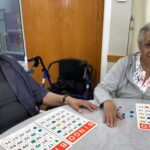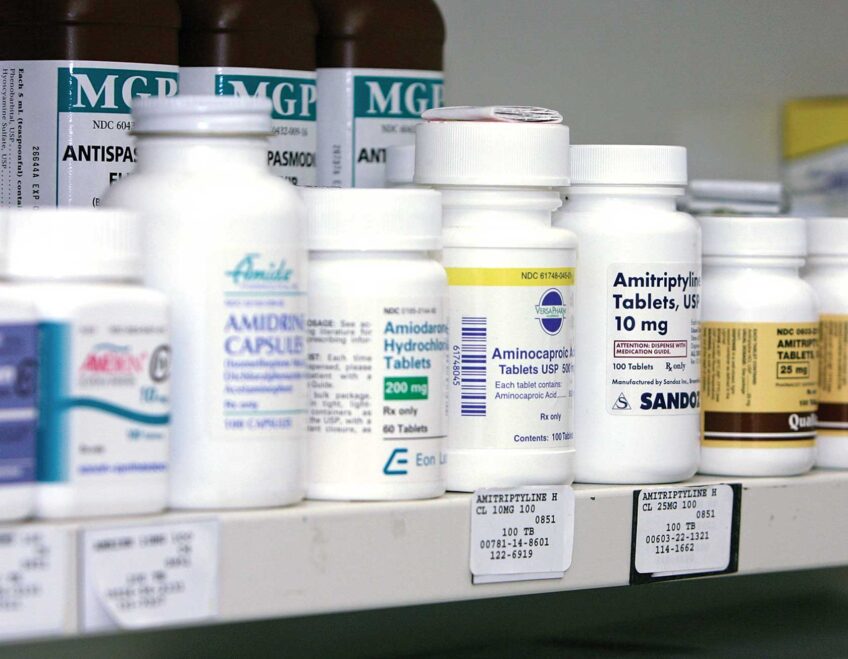
Myth: Heart disease is a man’s disease.
Fact: Heart disease is the number one killer of both men and women. According to the Centers for Disease Control and Prevention, roughly the same number of women and men die of heart disease each year in this country. However, women tend to be more fearful of cancer. Yet, heart disease kills more women than all types of cancer combined.
Myth: Heart disease occurs only in old people.
Fact: Young age does not protect you against heart disease. While the risks for heart disease increase with age, many of these factors, including obesity, smoking, diabetes and high blood pressure, are occurring more frequently in people under the age of 40.
Myth: If heart disease runs in your family, there is nothing you can do about it.
Fact: One’s risk of heart disease increases if a first-degree male relative, such as a father or brother, has suffered a heart attack before the age of 55 or if a first-degree female relative suffered an attack before the age of 65. However, genetics is not a guaranteed predictor of a heart problem. It is possible to reduce one’s risk by not smoking and controlling blood pressure, cholesterol and glucose levels. A healthy weight and diet and regular exercise are also important.
Myth: Fat causes heart disease.
Fact: Not necessarily. There’s more than one type of fat. The American Heart Association recommends reducing the intake of saturated and trans fats, which raise bad cholesterol, or LDL. These fats are found in fatty meats and dairy products and contribute to plaque in the arteries, which can result in a heart attack or stroke. On the other hand, monounsaturated and polyunsaturated fats found in nuts and fatty fish like salmon, for example, can lower bad cholesterol levels.
Myth: Chest pain is always a symptom of a heart attack.
Fact: While chest pain is a common symptom of a heart attack, some people may instead experience pain or discomfort in the arms, back or jaw. Other symptoms are shortness of breath, dizziness and nausea. Women often break out in a cold sweat or complain of excessive fatigue. If you experience any of these symptoms, call 911 right away.
Myth: It’s not necessary to check your cholesterol until you are middle-aged.
Fact: High cholesterol, or clogged arteries, is a leading cause of heart disease and can occur at any age. The condition, however, is silent and is detected only through testing. While some organizations recommend an initial screening at age 45, the American Heart Association recommends an initial test at age 20 — and even younger if high cholesterol runs in your family. The desirable total cholesterol level is less than 200 mg/dL., while the optimal LDL, or bad cholesterol level is less than 100 mg/dL.
Myth: People who have had a heart attack should avoid exercise.
Fact: Unfortunately, a heart attack is not an excuse to refrain from exercise. The American Heart Association notes that those who are regularly physically active following an attack live longer than those who don’t. It is recommended to consult a cardiac rehabilitation program for advice.






